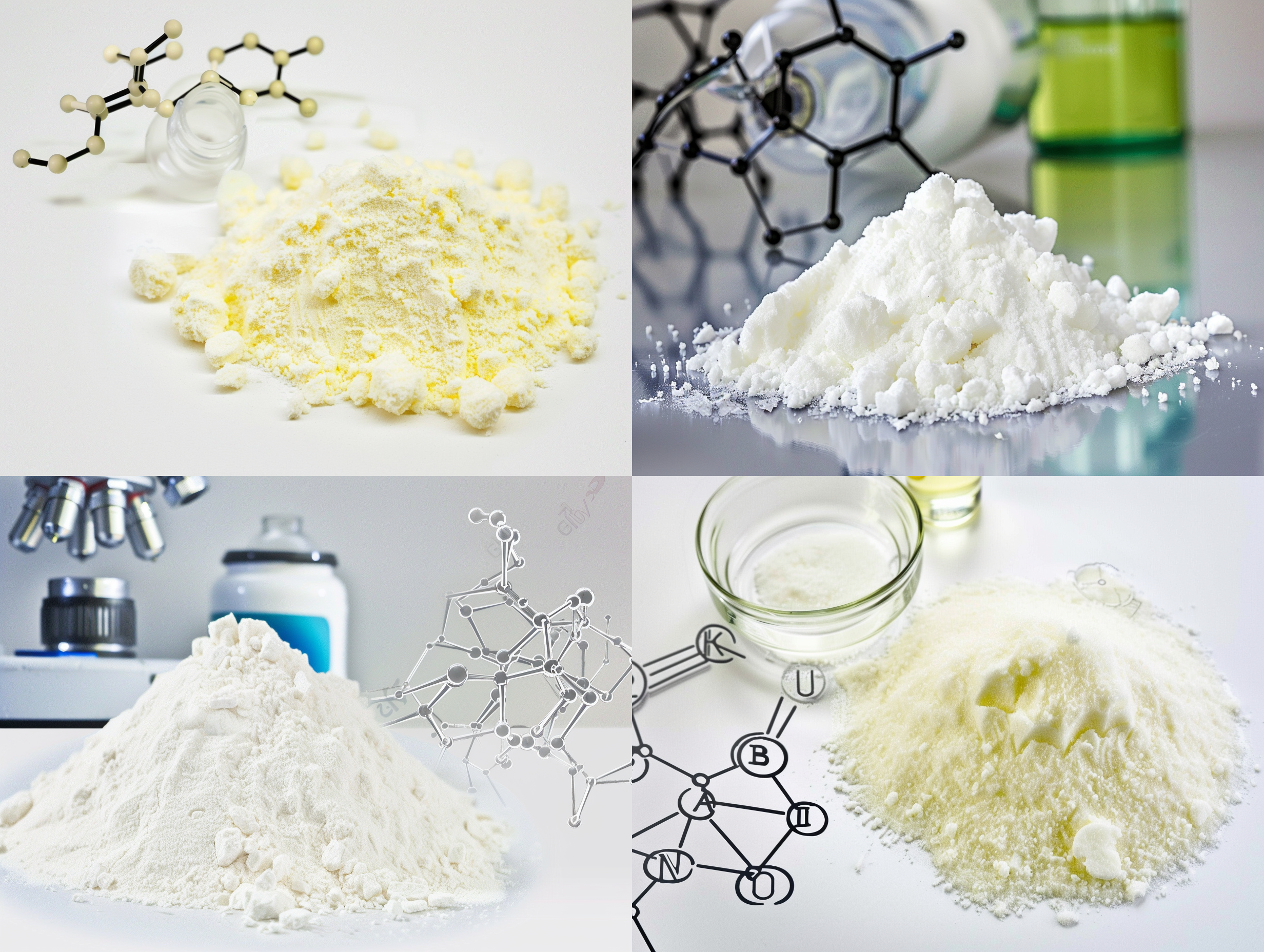As a leader in the rubber industry, I understand the critical importance of storage stability for rubber materials. Ensuring that rubber maintains its performance characteristics over time is paramount. In this article, I will discuss the best methods to enhance the storage stability of rubber materials, which will ultimately lead to improved product longevity and reliability in various applications.
Incorporating antioxidants into rubber formulations is a proven strategy to prevent degradation caused by oxidation. By utilizing high-quality rubber antioxidants, manufacturers can significantly increase the lifespan of their products.

Storing rubber materials in controlled environments can dramatically affect their stability. Factors such as temperature, humidity, and exposure to light should be monitored and managed. Maintaining cooler temperatures and minimizing direct sunlight can prevent premature aging and degradation.
The addition of effective vulcanizing agents can improve the physical properties of rubber, enhancing its durability and stability during storage. By carefully selecting suitable vulcanizing agents, we can create rubber materials that withstand the rigors of time and usage.

Ensuring that rubber materials are free from contaminants during and after production is essential for maintaining storage stability. Careful handling and contamination prevention measures can significantly enhance the quality and longevity of rubber products.
Implementing these strategies can lead to enhanced storage stability for rubber materials, ultimately benefiting manufacturers and consumers alike. By focusing on antioxidants, proper storage conditions, effective vulcanizing agents, and contamination avoidance, we can ensure that our rubber products perform optimally over their intended lifespan.

